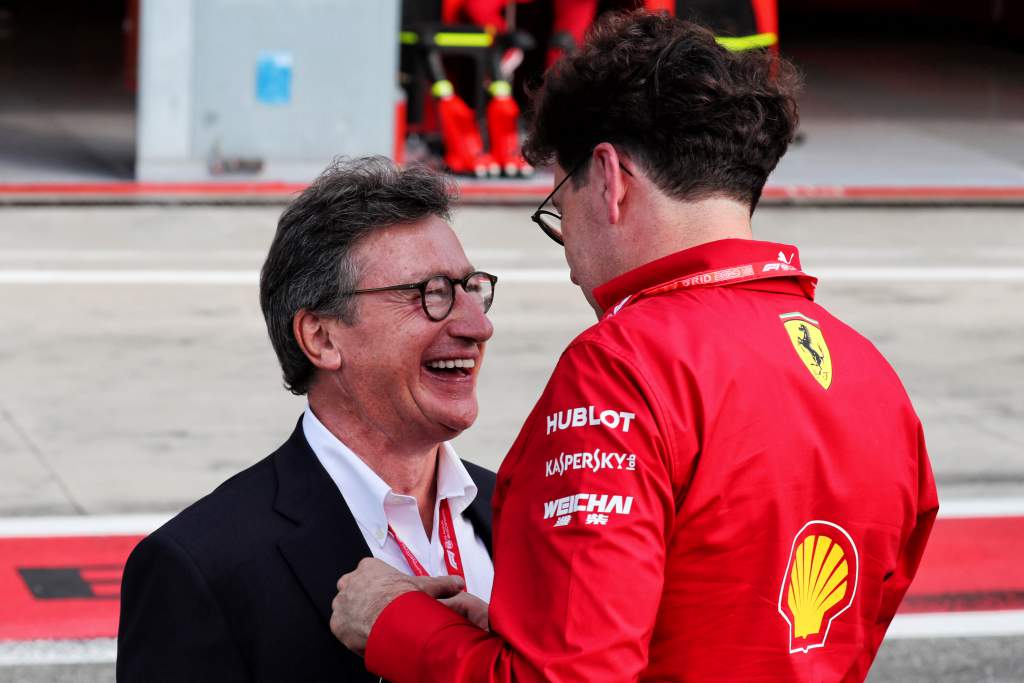Up Next

Louis Camilleri’s sudden exit as Ferrari CEO could have a defining impact on the Formula 1 team and its leader Mattia Binotto.
Camilleri informed Ferrari of his decision to leave the company on Thursday, a move that came as a surprise and triggered conflicting reports that a recent COVID-19 battle and spell in hospital was a major contributing factor.
Ferrari has rightly bid him a happy and long retirement, and set about the task of identifying his replacement. Who it chooses will play a major role in the F1 team’s recovery.
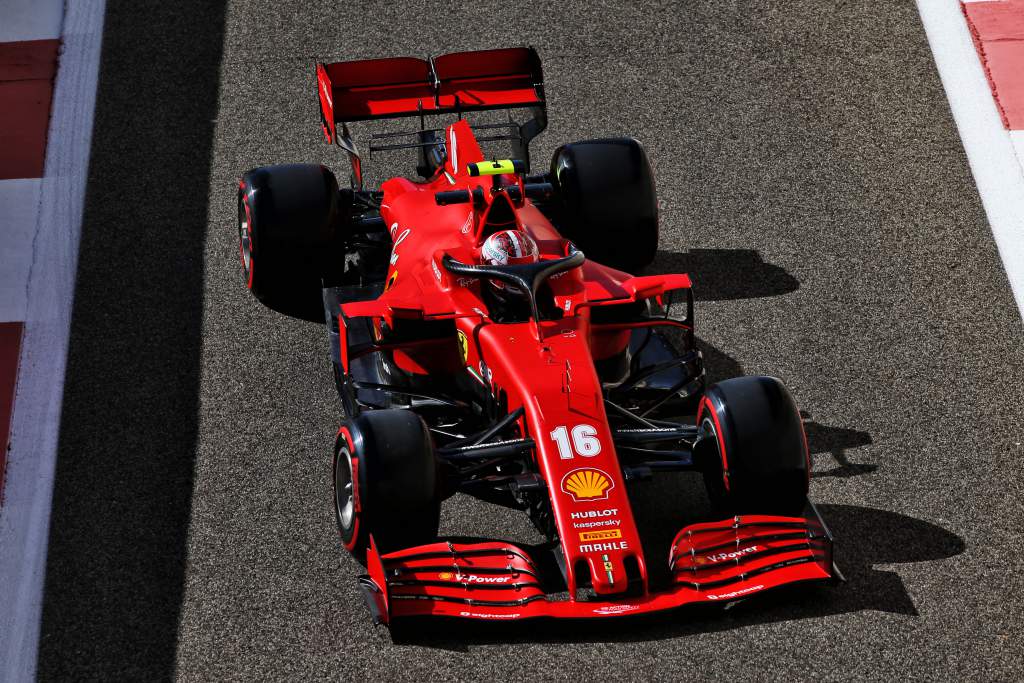
Alongside chairman John Elkann and Binotto, the man they appointed to run the F1 team, Camilleri was a very influential figure and part of what looked from the outside like a cultural shift within Ferrari’s F1 organisation.
Camilleri was a key backer of Binotto and the two appeared to have developed a close working relationship, leading to Binotto being made team principal in place of Maurizio Arrivabene at the start of 2019.
Considering Camilleri’s exit, and Ferrari’s poor 2020 results, the logical question is whether his replacement will view Binotto and the team’s chosen route to recovery in the same light or believe change is needed.
Camilleri and his predecessor Sergio Marchionne were not ‘racing men’ but took the reins at Ferrari following long careers at its long-time sponsor, the cigarette company Philip Morris International. However, they were extremely different personalities and that was manifested in how they did the job.
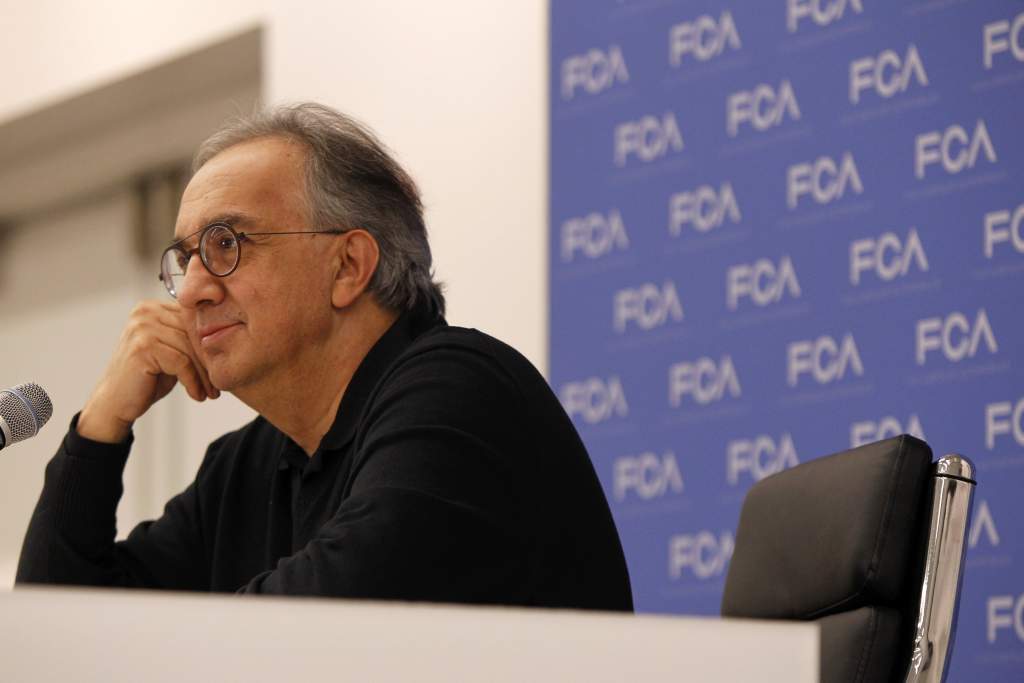
Marchionne was a relentless operator who applied constant pressure through his actions and his expectations. Camilleri remained more at arm’s length. Though he attended several races he was also happy to let Binotto call the shots.
Just this week, Binotto appeared on the official F1 Beyond The Grid podcast and revealed that working under Marchionne meant “living with the phone next to you”.
“If he was sending you a WhatsApp, you had to reply within 30 seconds,” said Binotto. “That’s the type of pressure he was putting you under. If you were not answering immediately to whatever text or message he was sending you, then it was really a bad start to the day.
“He’d text me in the middle of the race as well. Maybe not in the middle of the night but early morning no doubt.”
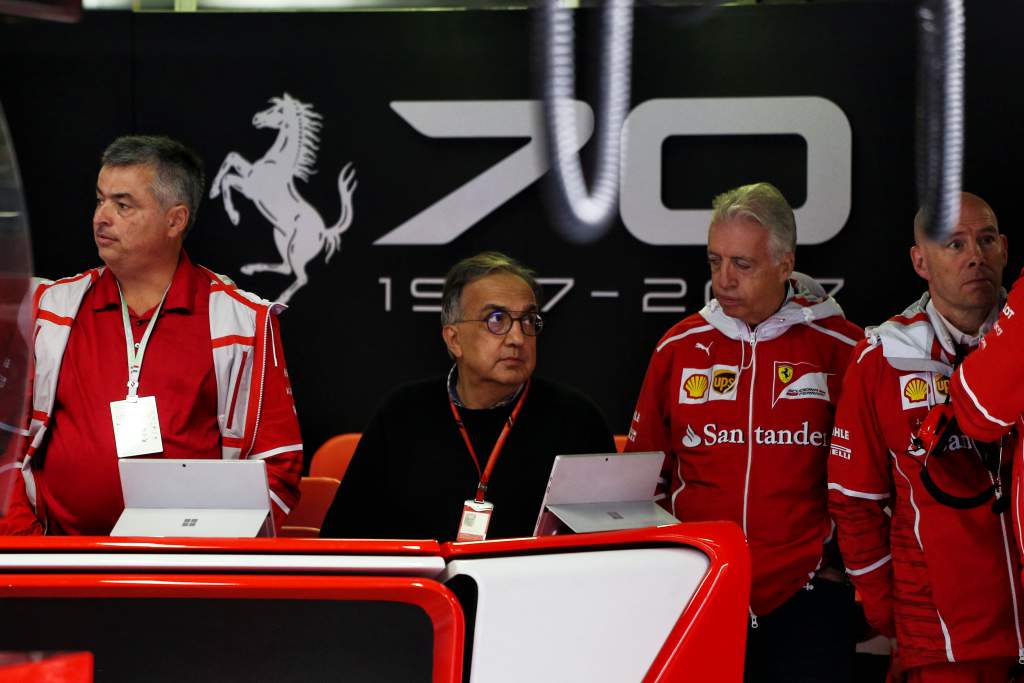
Marchionne’s approach likely contributed to examples of brilliance within Ferrari but will certainly have contributed to a fear of failure within the organisation and a rotation of key staff.
He also put pressure on Ferrari to pursue “grey areas as much as we could”, Binotto has admitted. And the team boss says that “could be” why Ferrari went so far with its 2019 engine operations that courted so much controversy. By then, Camilleri and Elkann were in charge, rather than Marchionne, and Binotto ran the race team. So they are in no way pardoned. But the roots of that design would almost certainly stretch back to the Marchionne era, which was also defined by Binotto’s influence as then-chief technical officer.
Regardless of who was responsible for facilitating any contentious ‘interpretation’ of the engine rules in 2019, the Camilleri/Binotto combination has appeared outwardly to be a step towards a very different working culture. It was a shift towards an imitation of Mercedes – not necessarily an accurate replica, but something closer: a healthier working dynamic between the chiefs, a top-down commitment to internal support and improvement rather than making heads roll, and rediscovering the joy of competition rather than being ruled by fear of mistakes or failure.
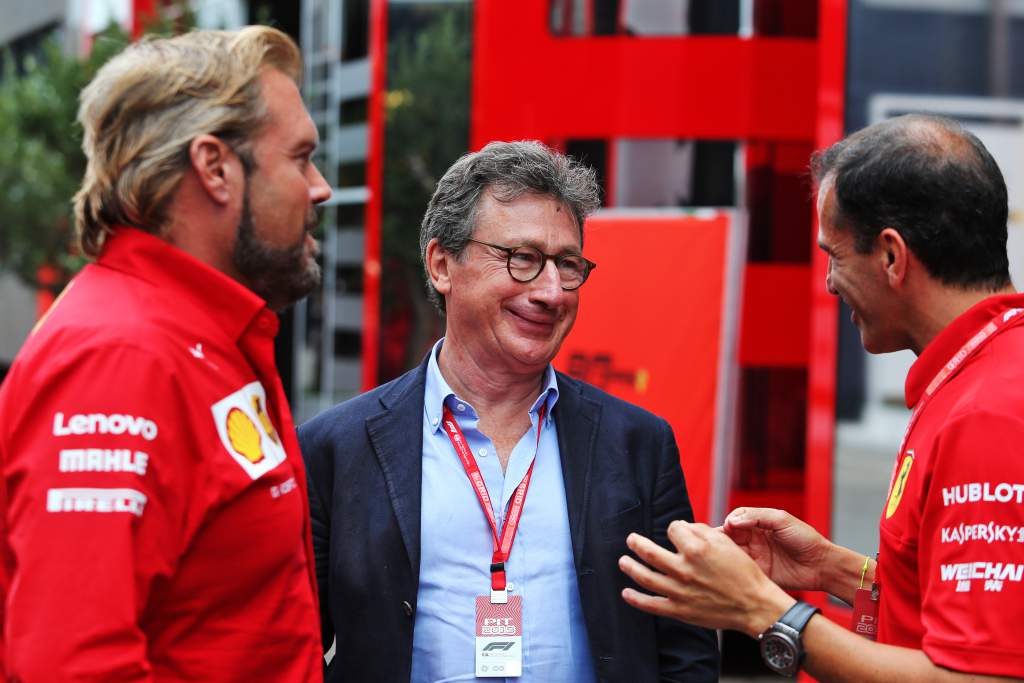
“Regretfully in the past, there has been too much pressure and a history of people being let go,” Camilleri said in a New York Times interview in September. “There was somewhat of a revolving-door atmosphere, and I’m putting a stop to that.
“I want to ensure that stability remains in place despite the unbelievable pressure there is on the team, particularly from the Italian media, who are quite brutal at times, calling for heads to roll. But that’s not the solution.
“I brought in a more long-term strategy, particularly in terms of investments. Getting people to work more in teams, that always takes a bit of time. You don’t change cultures overnight.”
Camilleri was a completely different boss, to the point Binotto calls him “a great man” and a “great friend”.
“He’s very supportive,” said Binotto this week. “He understands the importance of stability, he understands the importance of investing. And when you are investing then normally the results are not always short-term, it’s more on a medium-, long-term basis, because you need first to invest and then get the benefit of the investment itself.
“I think that he’s a great person, a great leader. He’s delegating a lot. He’s texting me as well, but the reply within 30 seconds is not required. That at least makes quite a lot of difference!”
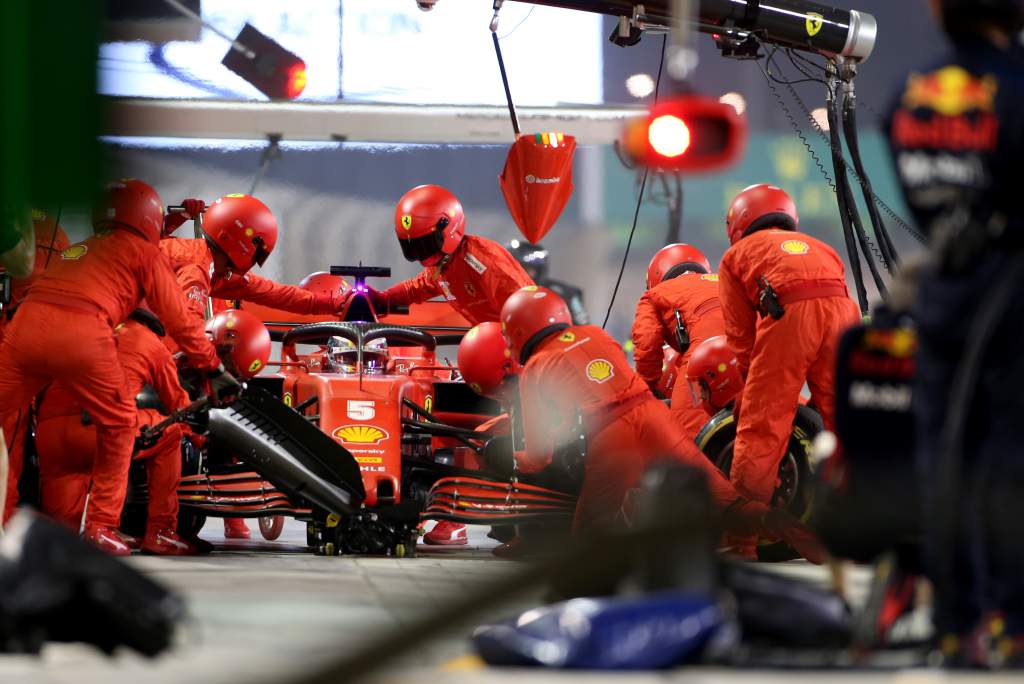
Ferrari has changed as a company in recent years and it is possible that the F1 side of things is not as politically loaded for the CEO as it was before. Perhaps that is part of why the contrasting personalities of Marchionne and Camilleri worked, aided by Elkann wearing the other of Marchionne’s two hats, as chairman.
The results on-track do not support the suggestion that Camilleri’s leadership was working for the F1 team, but the automotive side of the business was a success and Binotto remaining in charge of the team despite Ferrari’s underperformance in 2020 underlines the commitment Camilleri had to this being a long-term rebuilding project.
Several times over the past 12 months Camilleri has staunchly defended his team boss and the wider Ferrari organisation. He hit out at the legality accusations faced last year over its engine. Earlier this year, after Ferrari’s dismal start to 2020, he reiterated “we are at the start of a new cycle with a long-term plan”.
A few weeks later Ferrari announced the formation of the performance development division as part of a technical restructure but crucially with the same personnel involved: “It’s not by sacking people that you make a car go faster,” Binotto said.
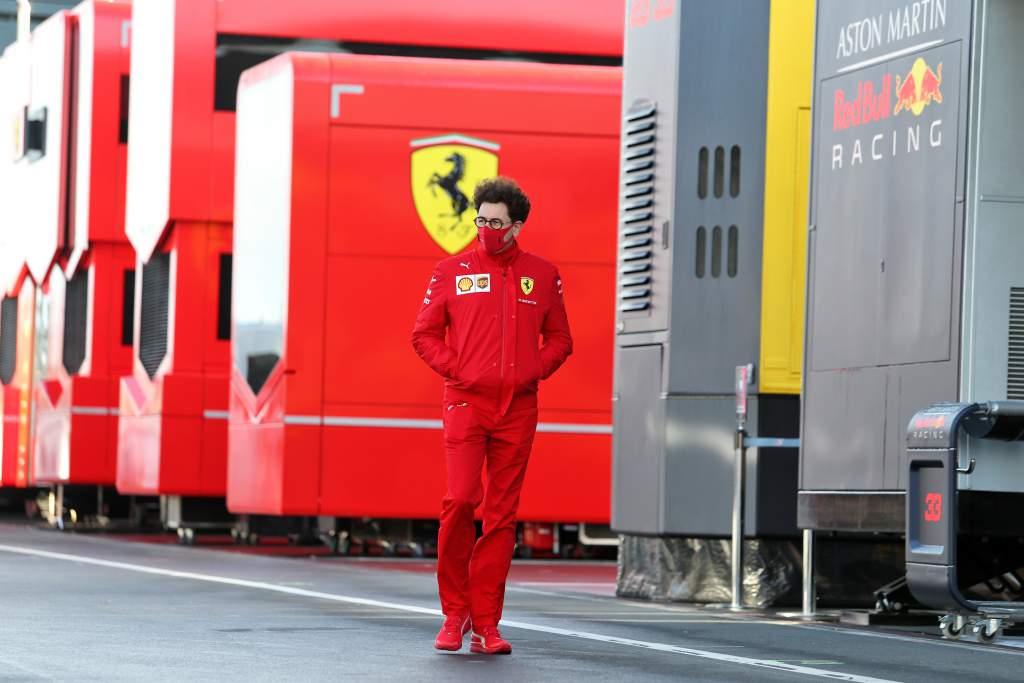
Binotto believes had Marchionne remained in charge he would still be where he is now: running the team. However, that confidence will now be tested.
Will Camilleri’s replacement continue to support the team leader in light of a difficult season? Will their attitude towards working practices and patience be the same? Will Ferrari’s progress down the path of recovery be maintained, or will a new CEO chart a different course once again?
There is little room for a sudden Ferrari resurgence in 2021 so Camilleri’s successor will have to have realistic expectations, otherwise any good that has been done this year risks being undermined.
“Any setbacks will certainly not change our chosen course and I have every confidence in Mattia and the team in addressing our shortcomings,” Camilleri insisted early in the summer.
And a couple of months later he said: “The situation cannot improve in 2021. For 2022, the new regulations come into play, and every time there has been a huge revolution in terms of the technical framework, it can change the pecking order.
“We have the talent, work ethic and determination to get there, and I’m confident we will be up there battling again.”
For the sake of Binotto, the race team, and the operation Ferrari wants to become, his replacement needs to have a similar outlook.


